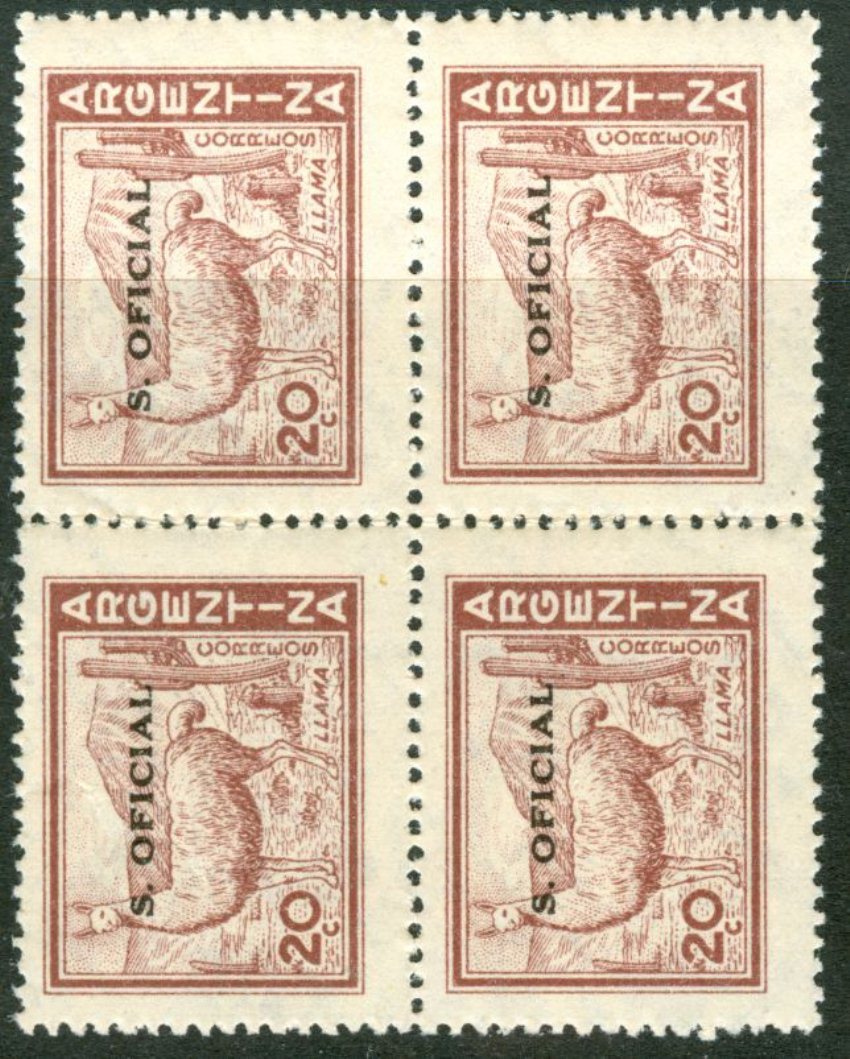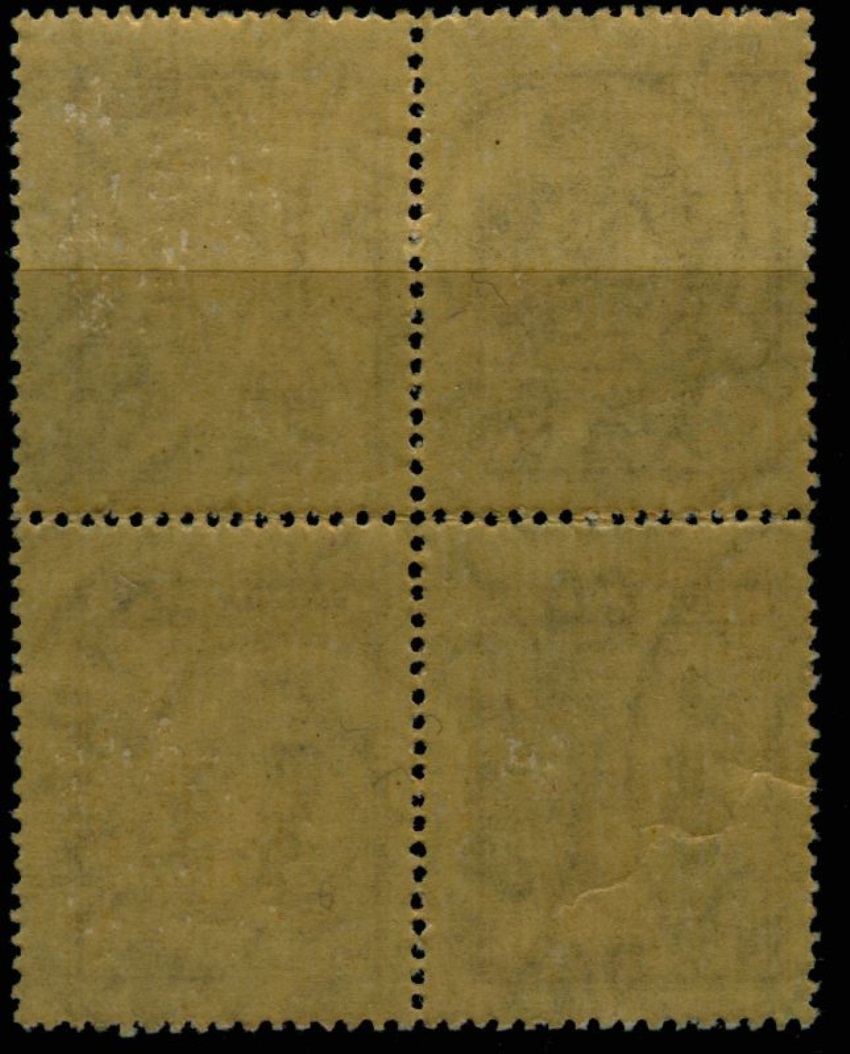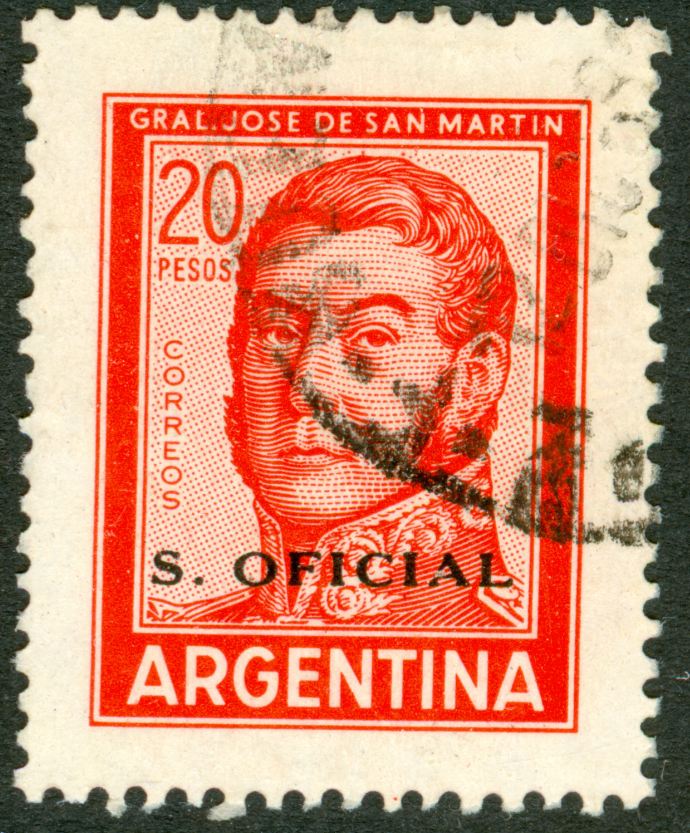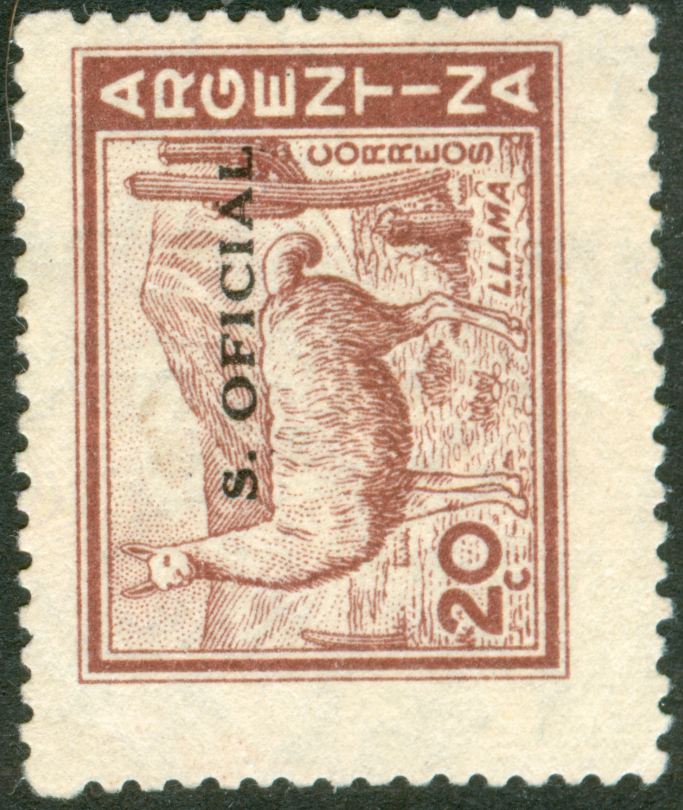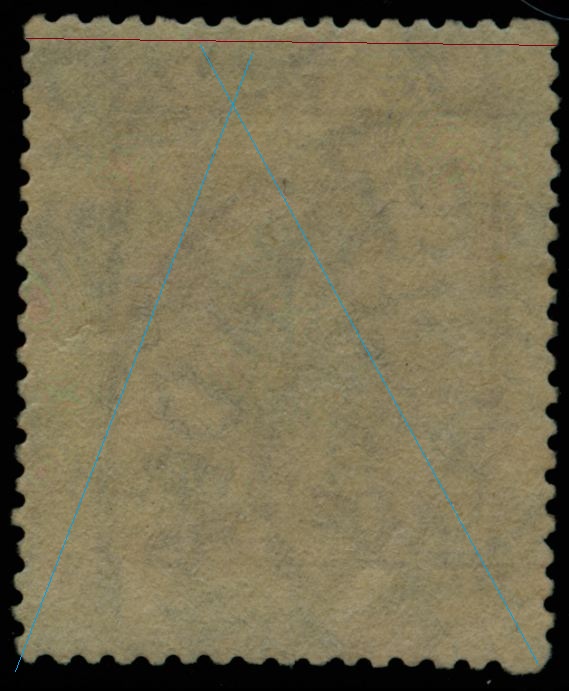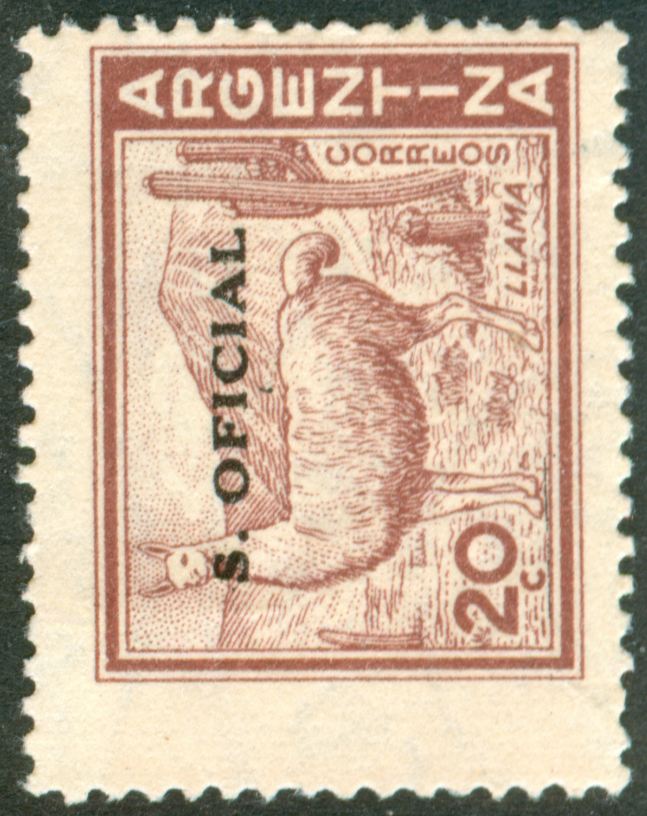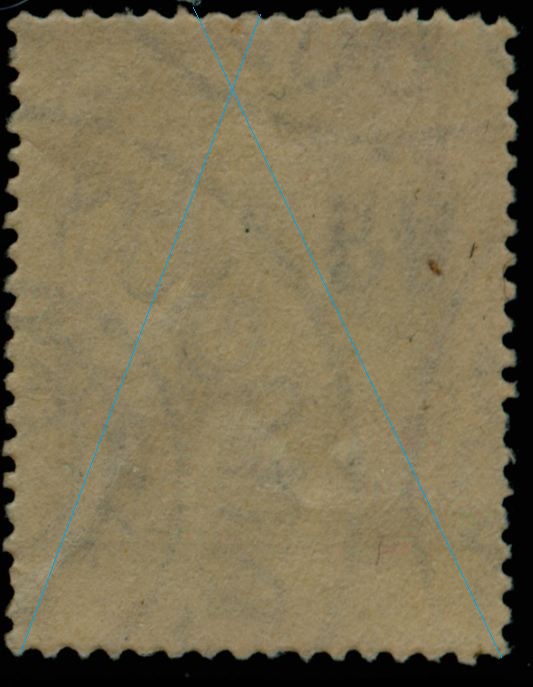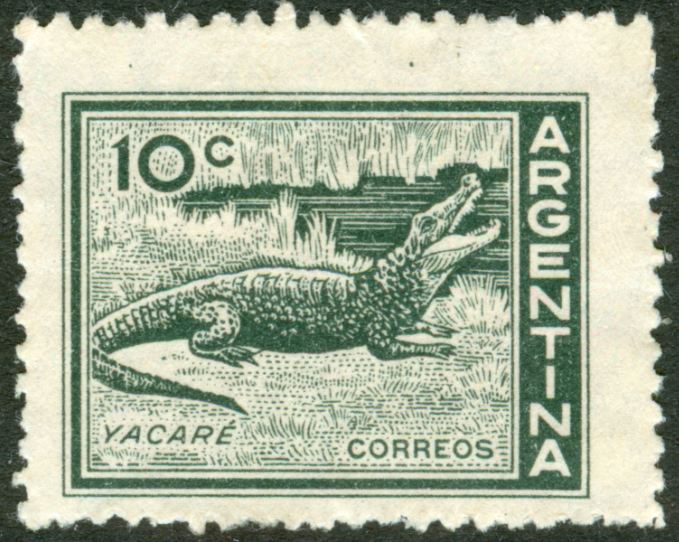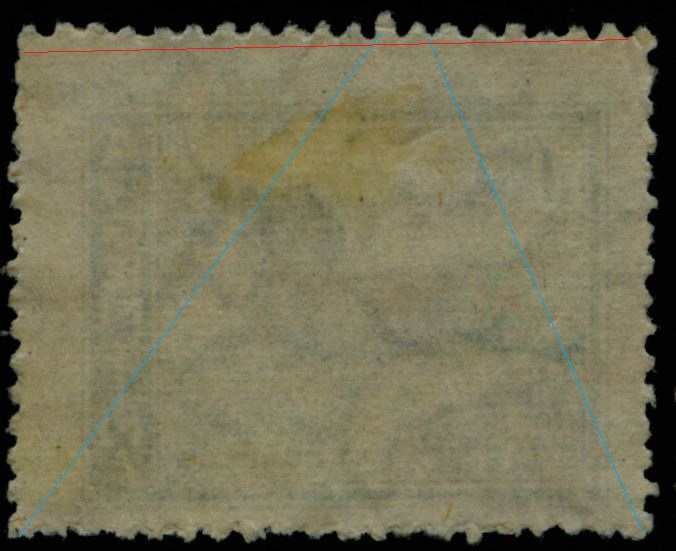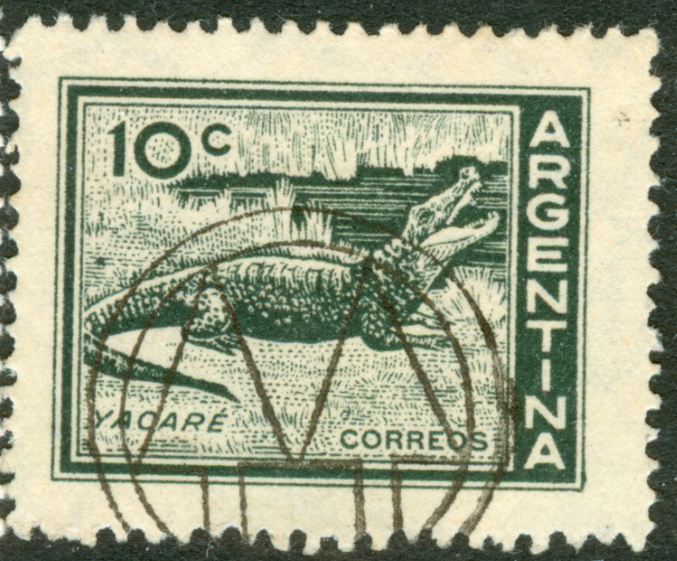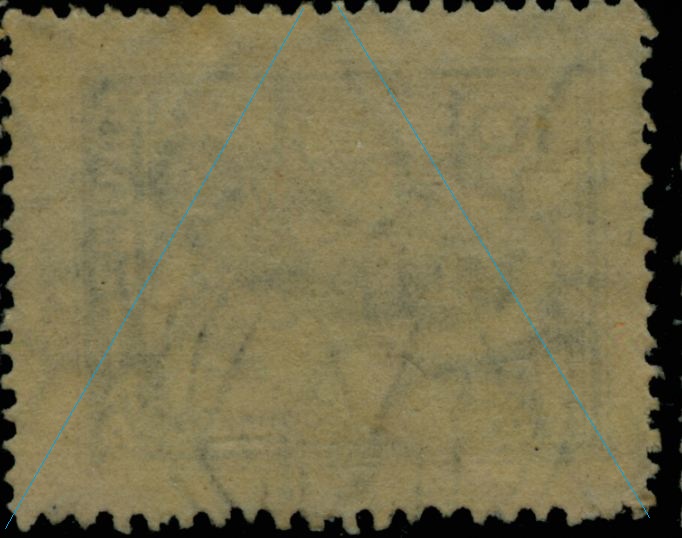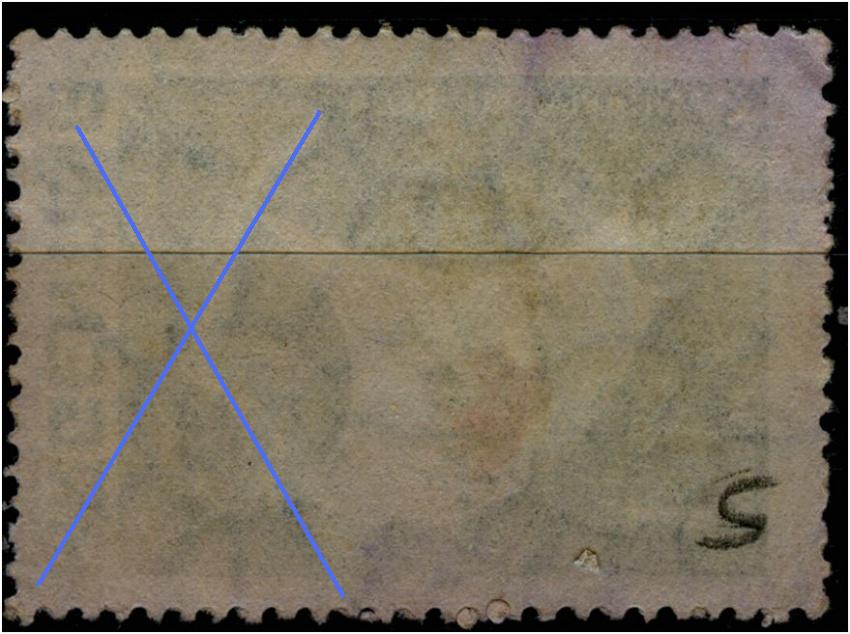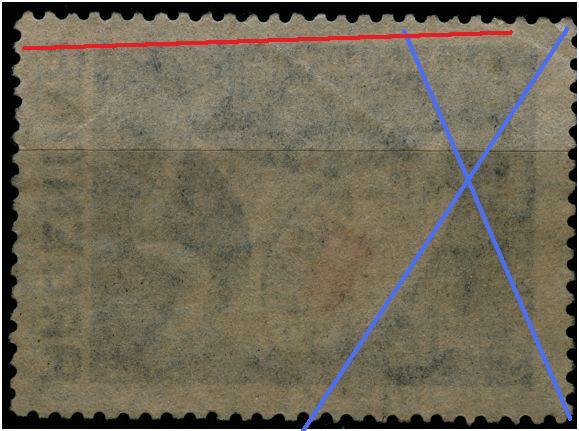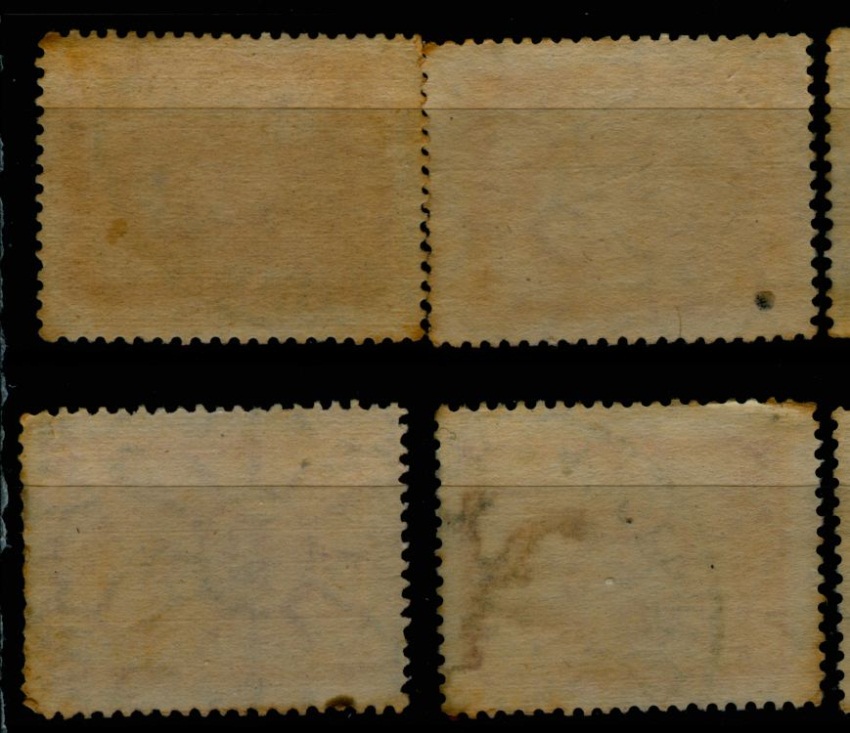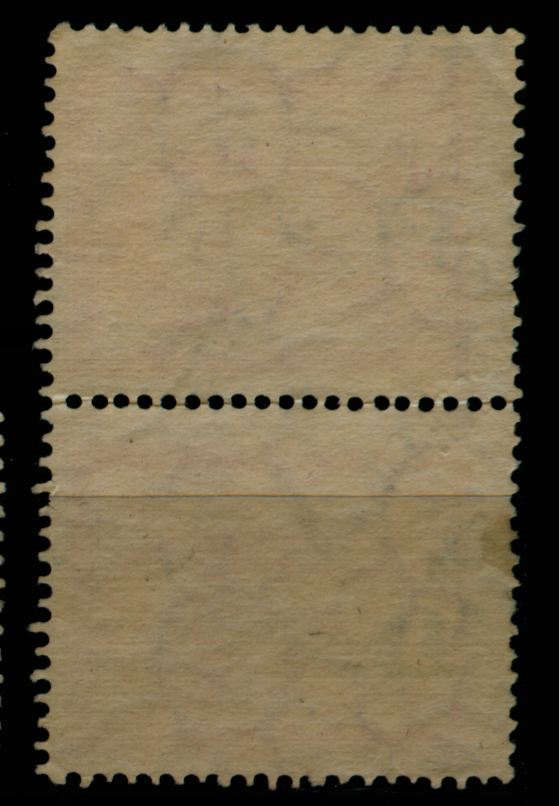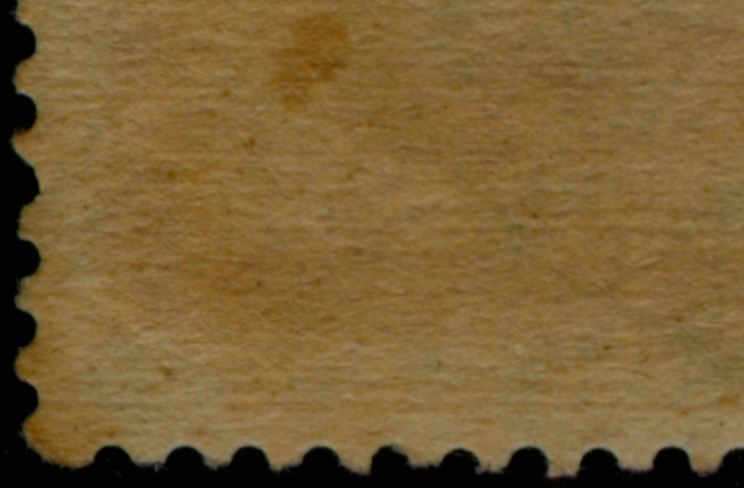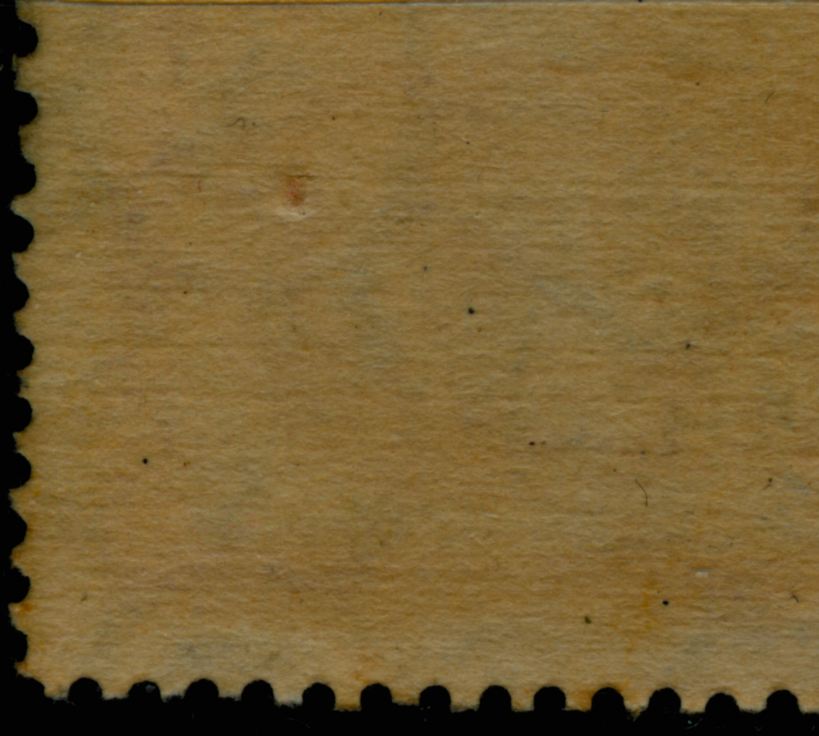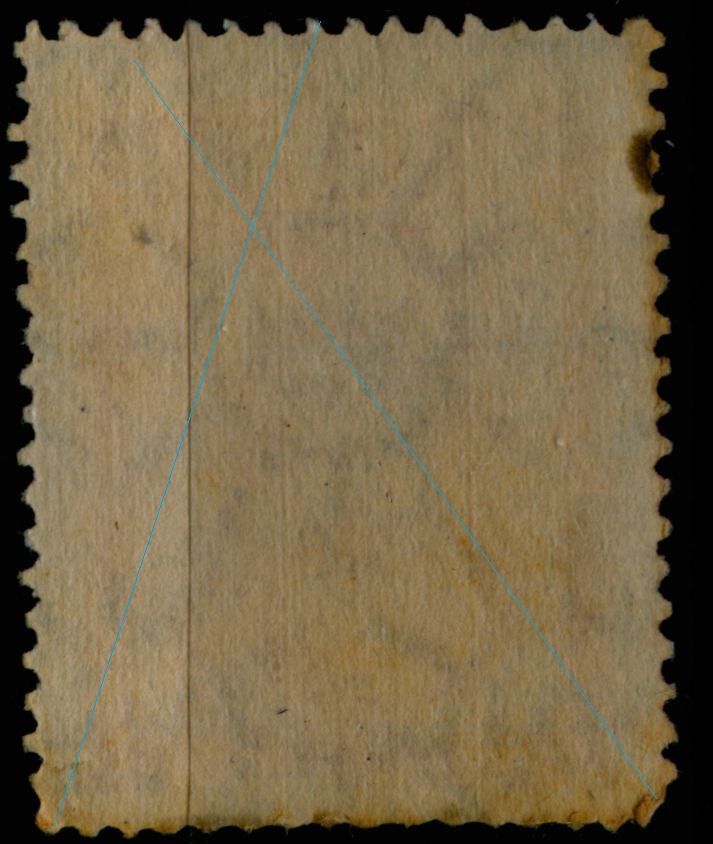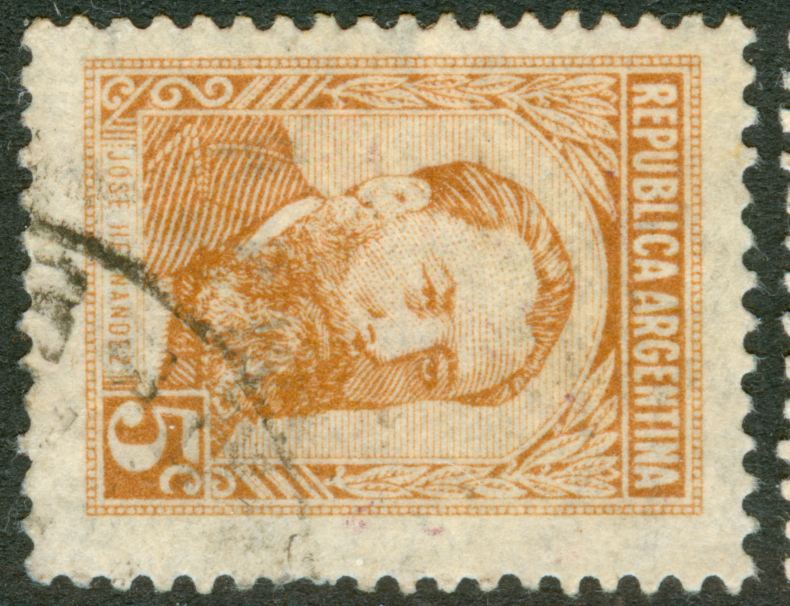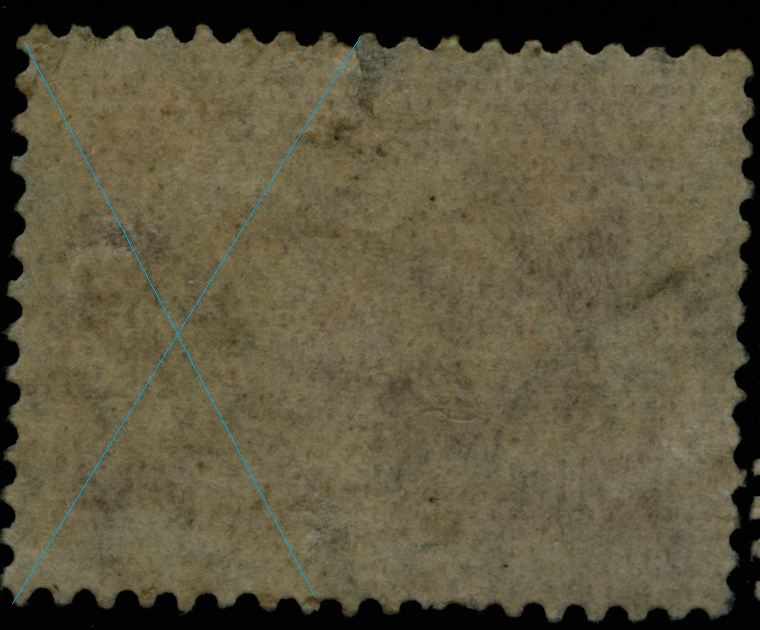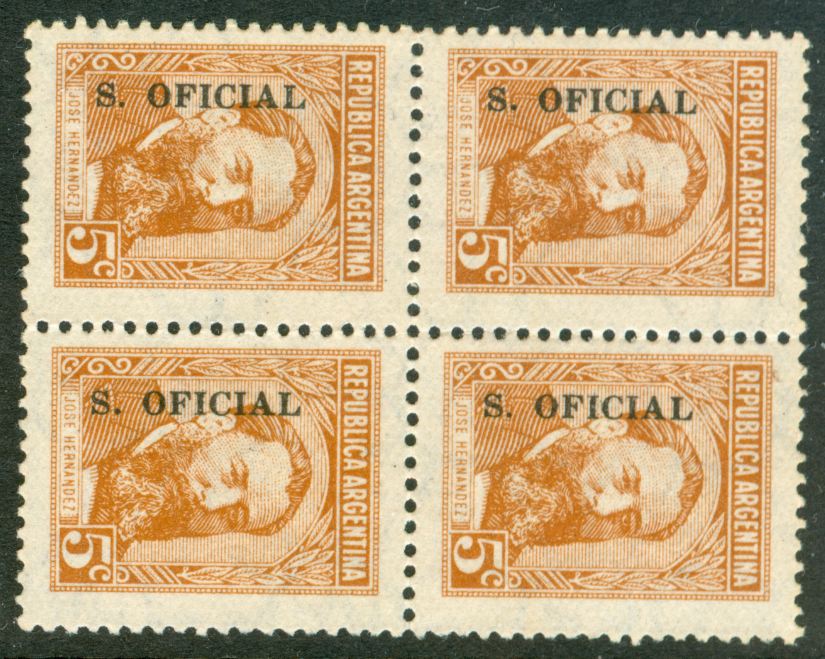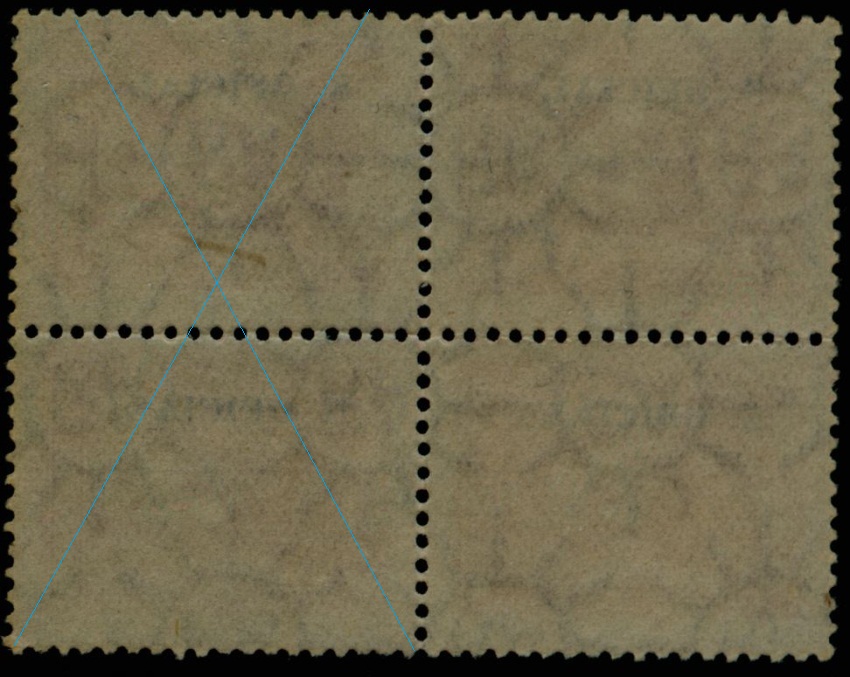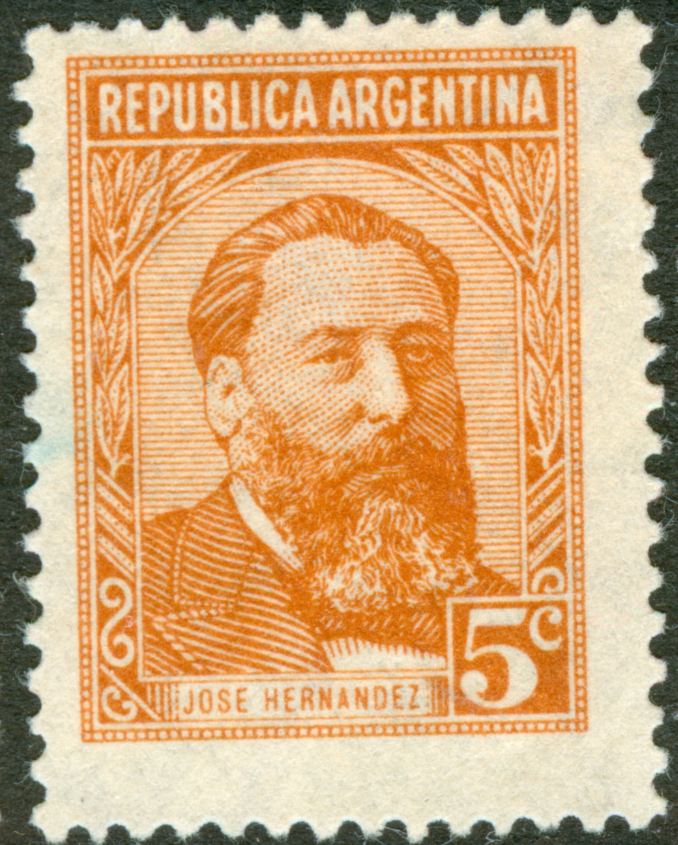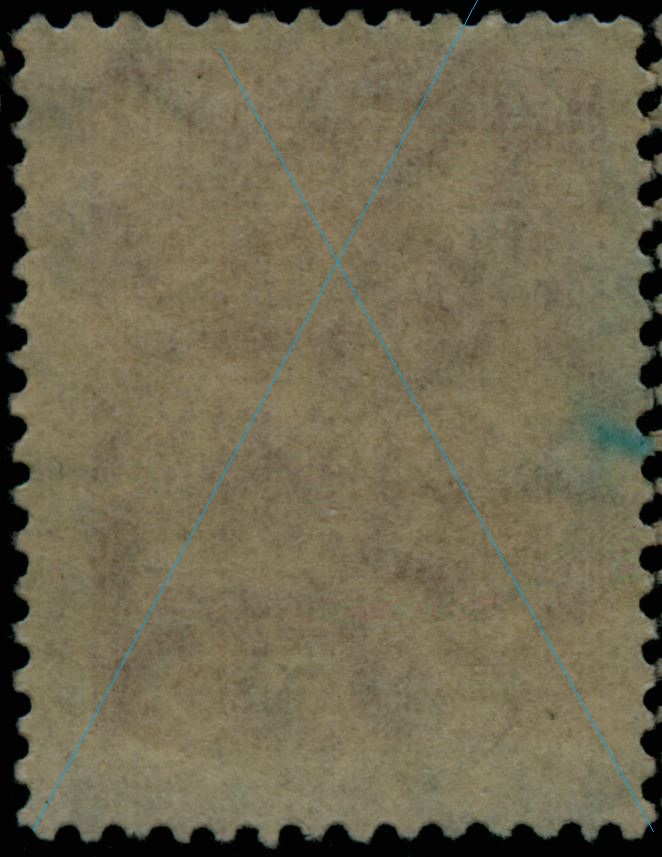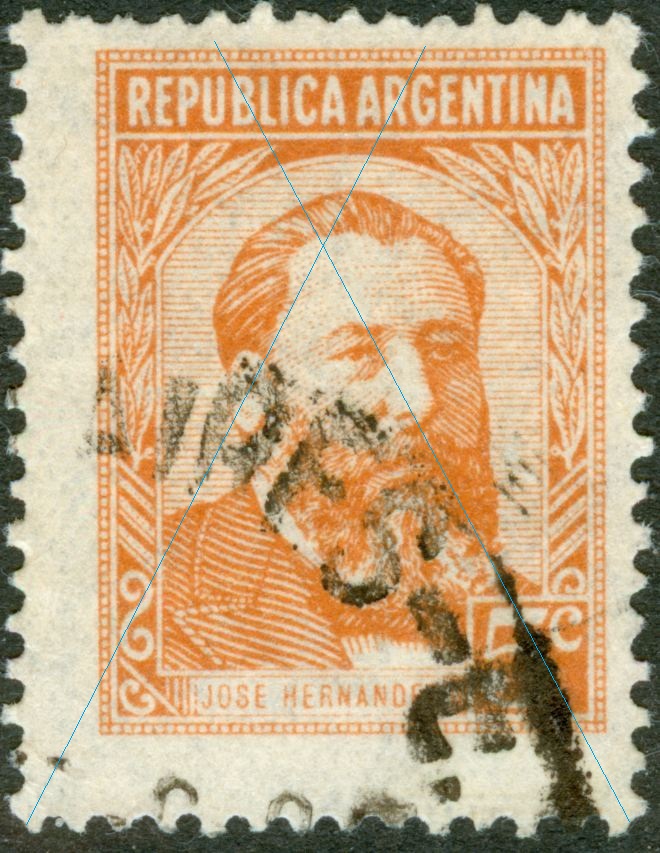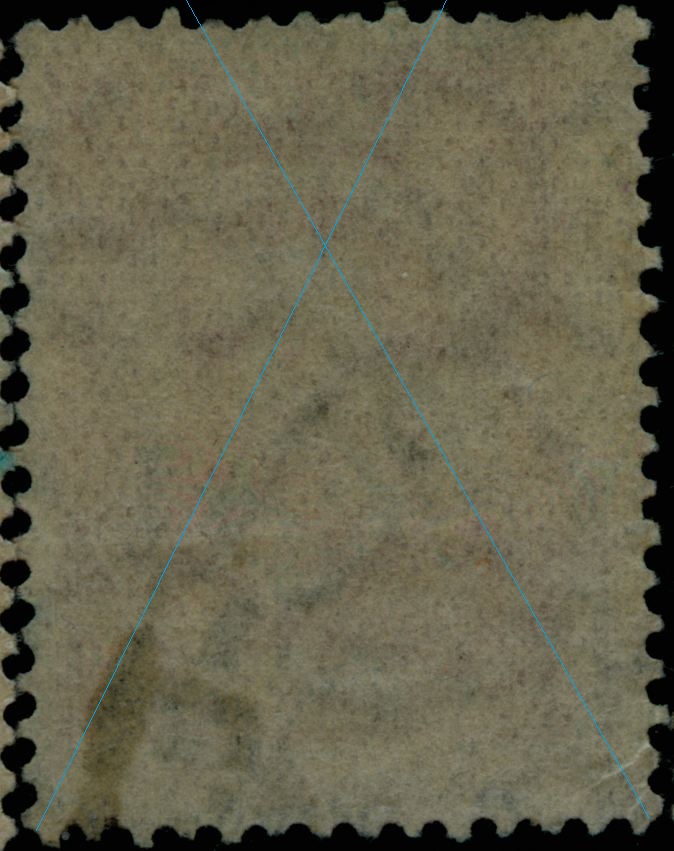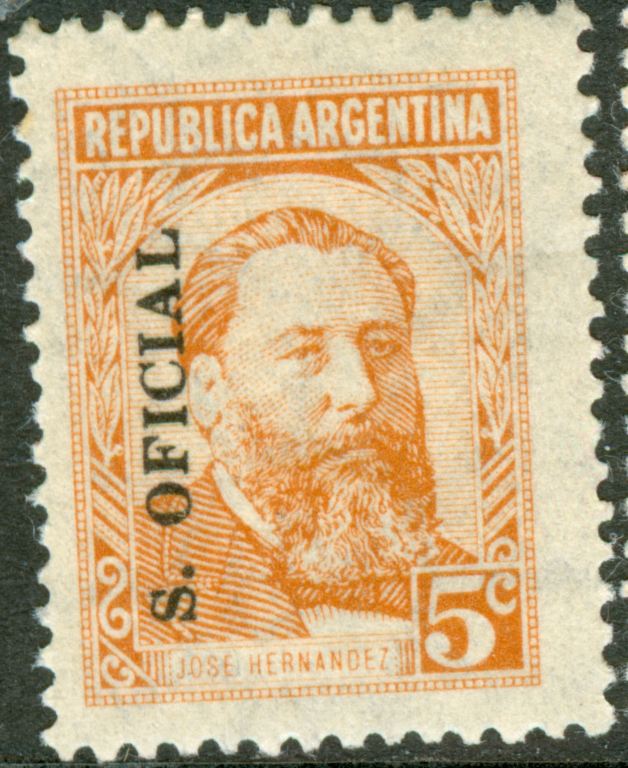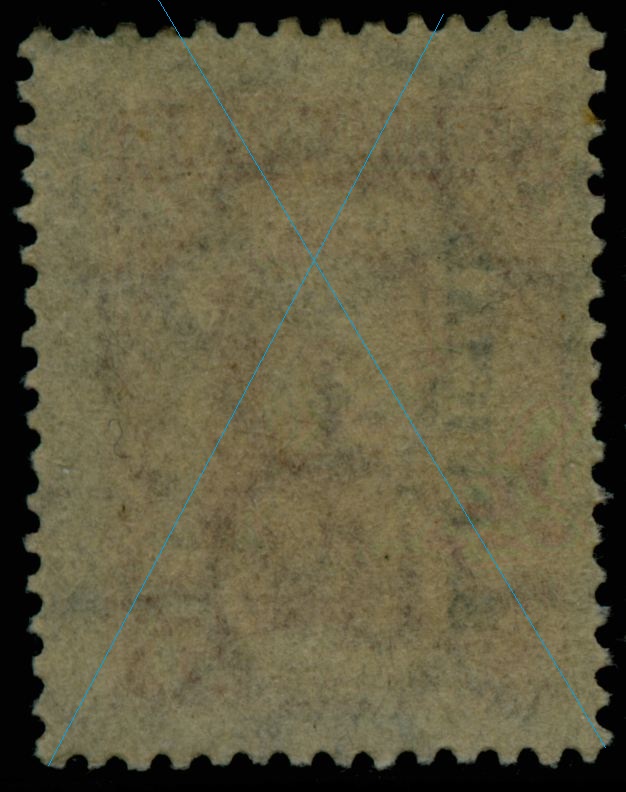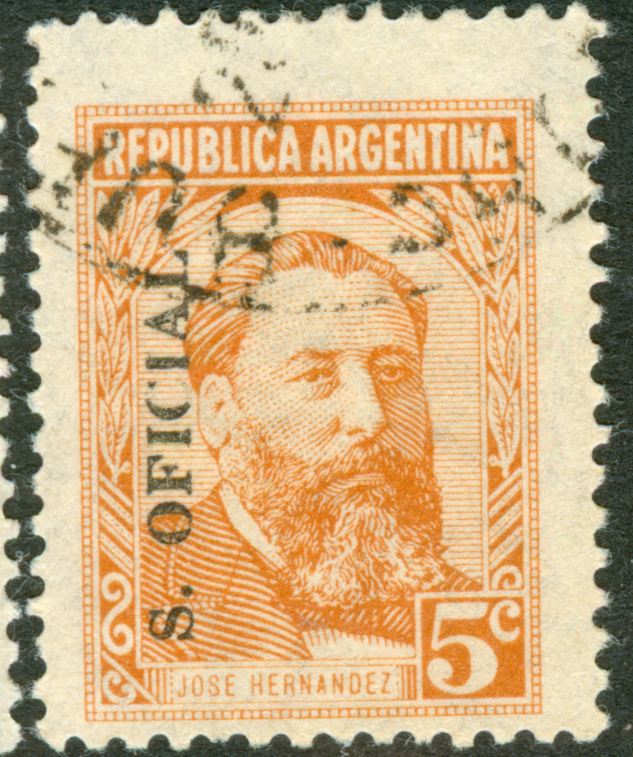It is the first publication about these definitives that gives us an overview of all variants both design wise and as to types of paper! It is a logical sequence to the Catalogue of the first P&R series! Using the same terms and codes where possible makes it a splendid starting point for the unification of classifcations and of course for further study.
I made a long sequel of postings in commenting the P&R I book and I will certainly do this again for this book. However, what I started two years ago opened a way for riposting my comments both by the author and other Foristos... Now, for obvious reasons, I shall try to make comments in a less direct way and still hope for other Foristos to take up the challenge and counter what I will write here. It will be meant to be constructive and offering a supplement to what has been written in the book!

to be continued...

